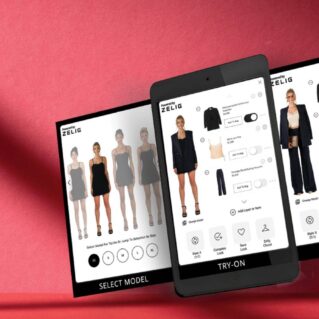The hottest ideas and companies you can learn from—right now.
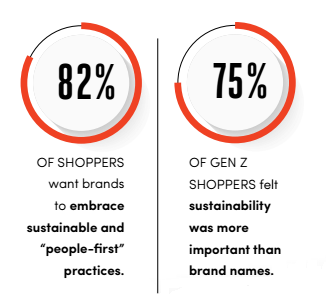
The direct-to-consumer (DTC) business model has skyrocketed over the last three years, as customer habits and technology evolved during the COVID pandemic and beyond. According to Paddle, 81 percent of consumers will make at least one DTC purchase over the next five years. Let’s look at seven hot DTC trends and several brand examples that direct selling companies can glean from.
1/ Growth of livestream shopping
Live shopping experiences are replacing written reviews as the trusted source of product opinions. Live shopping sales could make up 20 percent of all ecommerce by 2026, according to Influencer Marketing Hub. But it takes more than just clicking the “Go Live” button. You must also build a connection.
“Your audience cares about having an authentic connection with influencers more than you’d expect,” shared a Forbes article. “If they’re producing clearly fake ads, it’ll likely show in your engagement rates. Select an influencer who actually aligns with your brand and trust their creative input as you strategize a livestream campaign.”
You also need to understand where your audience is interacting with your content and what they expect from the different platforms. Social shopping allows customers to purchase on social platforms without having to go to a different website and navigate a checkout process.
2/ Customers care about sustainability
Customers have an increasing number of options of where they can spend their money. It’s no longer as simple as going to a local store and choosing between whatever is on the shelf. Today’s customer expects more than just good products. Sustainability and social responsibility are more important than ever.
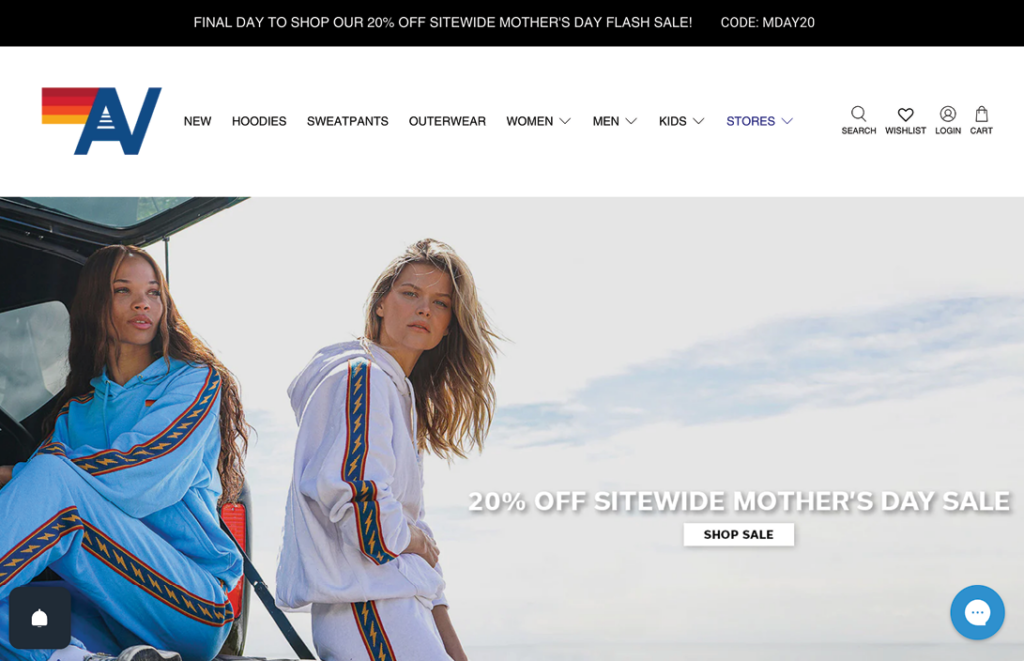
A Talkwalker report for 2023 shows 82 percent of shoppers want brands to embrace sustainable and “people-first” practices. A Business Wire survey found 75 percent of Gen Z shoppers felt sustainability was more important than brand names. Sustainability efforts can take on many forms, such as transportation, reusable packaging, a remote workforce and even being transparent about business practices.
Women’s apparel company Aviator Nation manufacturers clothes in the United States in factories owned and monitored by its founder and has a lifetime guarantee on its products. Superzero produces a line of shampoos, conditioners, hair serum and hand balm in bar form, eliminating the need for plastic bottles. Its motto is “Super performance, Zero waste.”
3/ Don’t sleep on a store front
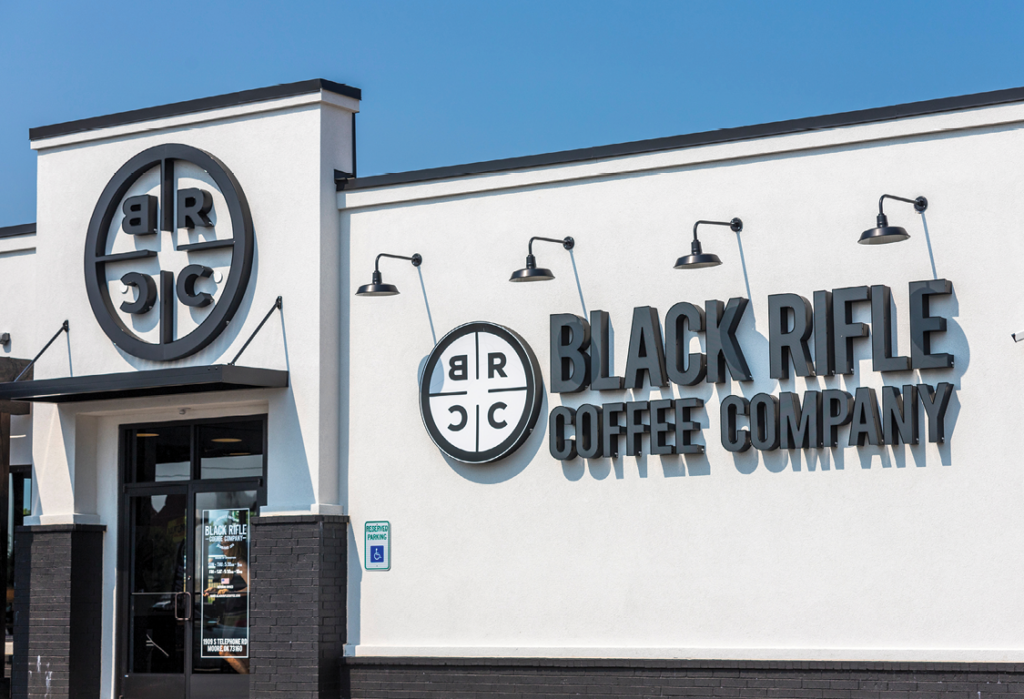
Yes, one of the core aspects of a DTC business is avoiding a physical store front, but as the cost of digital ads rise, brands are embracing the traditional brick-and-mortar. It’s more than just a place to sell stuff—storefronts can provide a physical connection to customers, allowing a real-time multi-sensory experience. DTC companies still have full control of their brand instead of being buried on a shelf next to many competitors.
“The DTC transition to a brick-and-mortar storefront is the opportunity to create an immersive brand experience,” said CMS Wire. “With the right design, personnel and training, the in-store experience can humanize a brand and create an everlasting impression on consumers.”
Veteran-founded Black Rifle Coffee had opened 18 stores by the end of 2022 and plans to grow to 78 by the end of 2023. In addition to a menu of freshly made coffee, stores are full of the company’s popular merchandise and ground coffee bags. The stores are part of the company’s commitment to employ 10,000 U.S. veterans.
Pop-ups and “ghost retailers” are other popular options. Third-party companies can handle design and construction, and even some daily operations, for retail locations.
4/ A people-first message
Because DTC brands communicate directly to customers instead of relying on traditional media outlets, customers expect a more personalized experience and a more humanized marketing approach. Customer profile surveys help guide customers to products geared toward their needs. Customized packaging, discounts for first-time customers, free trials and even allowing customers to try products before they buy, reiterate and reinforce this trend. The experience replicates having a concierge guide customers to the right products.
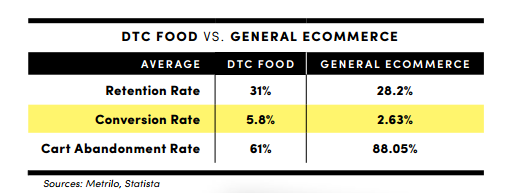
“If you want to learn more about your target audience, don’t be afraid to ask,” says ExplodingTopics.com. “There’s a reason why we’re seeing an uptick in customer quizzes to help pick buyers’ brains and deliver personalized recommendations.”
5/ Influencers starting their own DTC brands
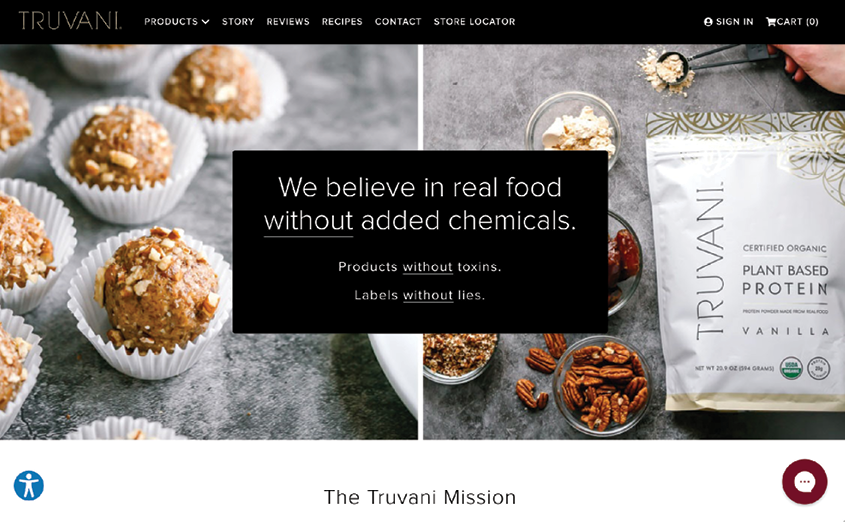
While DTC brands search for online influencers to promote their products, top online influencers are creating their own DTC brands. It’s a testament to the power of leveraging loyal followings. Plant-based nutrition company Truvani was launched by Derek Halpern and Vani Hari of Social Trigger. Kylie Jenner’s Kylie Cosmetics was reported to have topped a $1 billion valuation in March 2023.
“This shift was inevitable as creators were bound to leverage their personal brands to capture larger monetization opportunities via ecommerce brands,” explained an article by HashTagPaid.com. “The success of fashion and television celebs in this space paved the way for the next wave of influencers to attempt to replicate similar success. As the influencer industry evolves, it’ll create new and exciting avenues not just for creators, but for established DTC brands, too.”
6/ Subscription pricing and memberships
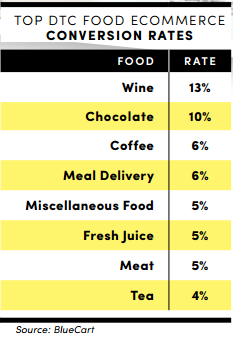
Getting loyal customers to order every month on an automatic basis is an obvious goal. The good news is that customers are getting more used to it. Even Amazon is diving into the subscription option with its Subscribe & Save feature, automatically showing shoppers how much they can save.
Flexible subscriptions offer options to skip a delivery; pause the subscription; or easily modify it. Enrolling in a subscription often comes with free shipping—something customers have come to expect with online ordering. Some DTC companies even offer a surprise monthly package, which typically comes with significant discounts. These can include different product combinations and monthly flavors or themes.
Dollar Shave Club, Birchbox and Chewy have become well-known DTC companies thriving with a subscription model. Customers can build their own product combinations catered to their needs.
7/ Product categories are expanding
The market is seeing more DTC companies across different product categories. According to DTCetc, some of the fastest growing include food and beverage, apparel, beauty, home and garden and pet supplies. Grocery and restaurant delivery service skyrocketed during the COVID pandemic, reflecting rapidly evolving customer preferences. According to BlueCart, the top two food categories with the highest ecommerce conversion rates are wine (13 percent) and chocolate (10 percent).
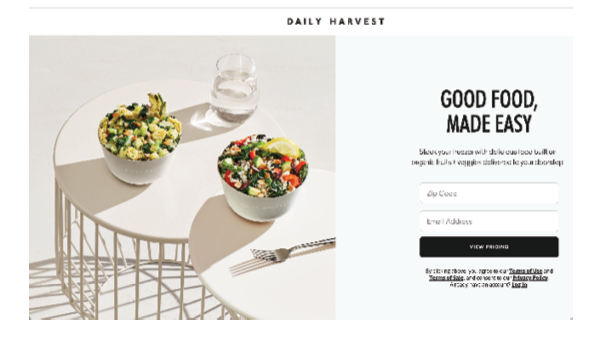
Last Crumb is a cookie brand with a “drop model” notifying customers when the next flavor cookies will be available for purchase. There’s a countdown clock on the website, building anticipation and creating an undeniable feeling of FOMO. Daily Harvest provides ready-to-make smoothie ingredients and works directly with farmers to grow nutrient-dense fruits and vegetables. Peloton is one of the most popular fitness DTC brands. While the cost of its workout equipment tops four figures, the core of the business is the service subscription model.
From the June 2023 issue of Direct Selling News magazine.
